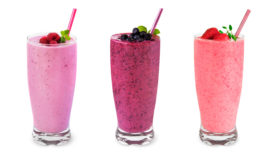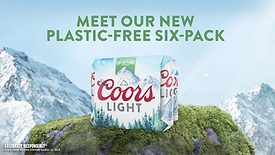Featured on Home Page
Flavor innovations provide consumers with relevant options
Read More
Ingredient Spotlight
Functional, health trends call for masking agents
Masking ingredients and bitter blockers address off-notes
June 23, 2022
Packaging Materials
Sustainability is driving secondary pack innovations for beverage-makers
Fiber-based solutions help support holistic, premium approaches by brands
June 22, 2022
Channel Strategies
Foodservice industry regains footing after multiple years of decline
New, innovative offerings play key role in beverage’s performance within the channel
June 21, 2022
Beverage Beat
IRI names 2021 New Product Pacesetters
Beverages account for 6 of Top 10 in food, beverage category
June 17, 2022
Category Focus
Lemonade fusions add appeal to other beverage categories
Familiar category offers opportunities to introduce new flavors to consumers
June 16, 2022
Up Close With
Swoon brings nostalgia, sweetness without any sugar
Company turns to monk fruit for Lemonades, Iced Teas, Simple Syrups and Mixers
June 15, 2022
Elevate your expertise in the beverage marketplace with unparalleled insights and connections.
Join thousands of beverage professionals today. Shouldn’t you know what they know?
JOIN NOW!Copyright ©2025. All Rights Reserved BNP Media.
Design, CMS, Hosting & Web Development :: ePublishing














